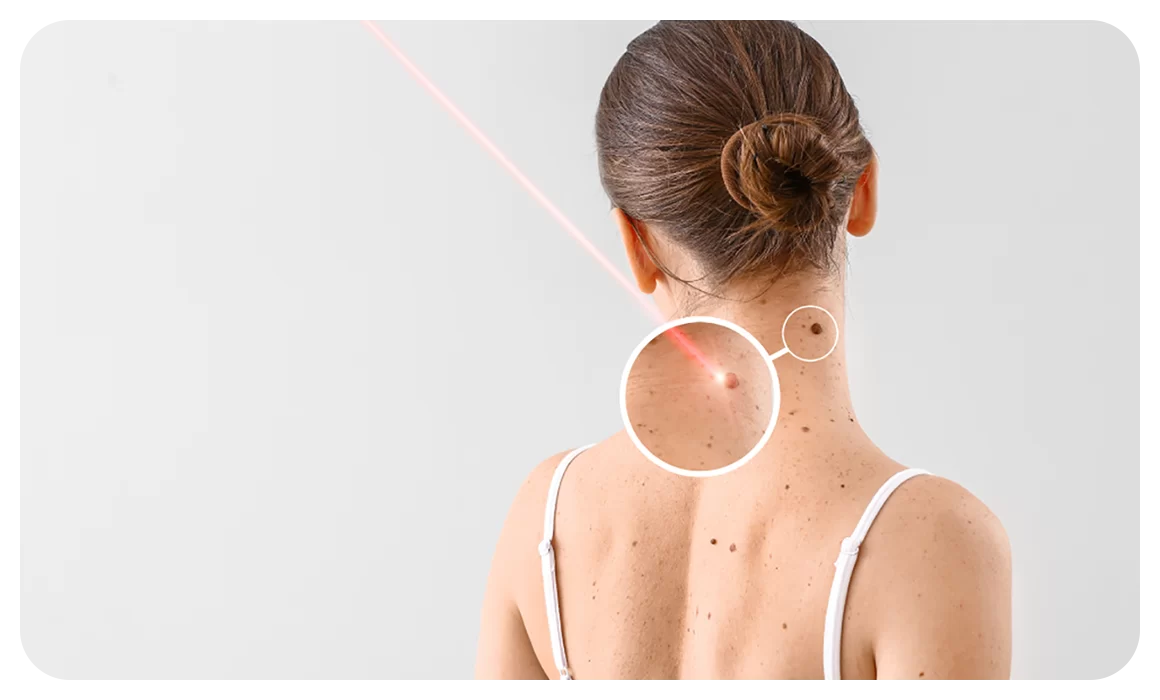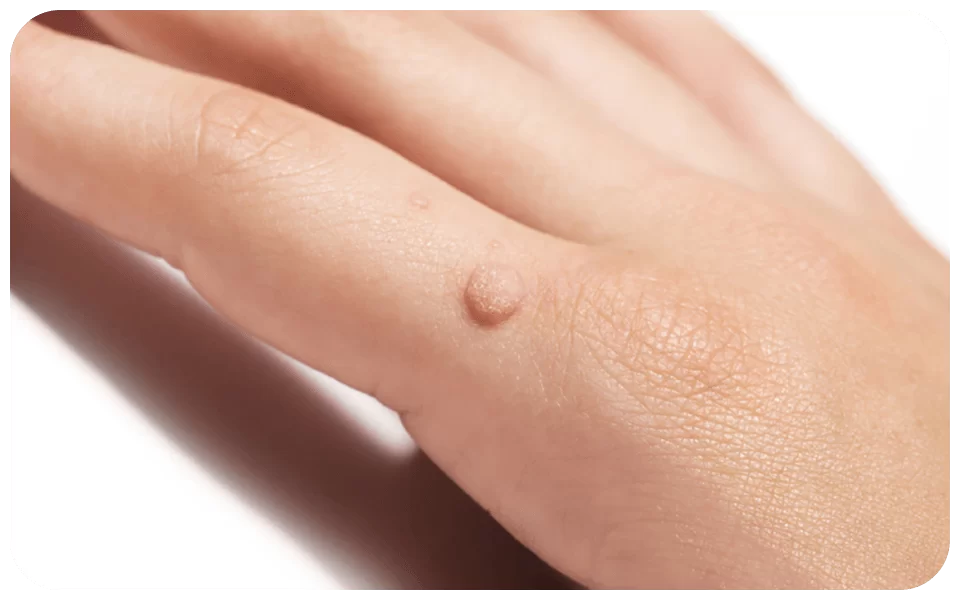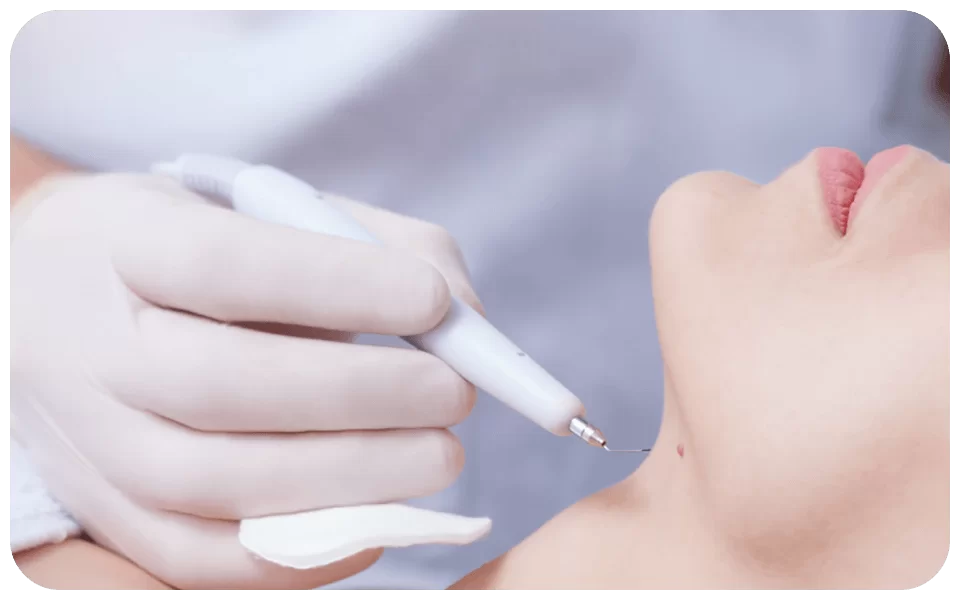Warts Removal Treatment in Abu Dhabi
Elyzee Hospital is one of the best medical centers in Abu Dhabi specializing in Warts Removal Treatment.

Warts Removal Treatment in Abu Dhabi at Elyzee Hospital
Human Papillomavirus (HPV) causes warts-a nagging problematic affliction affecting people across every age group setting off concerns regarding their physical appearance. These small growths cause discomfort and embarrassment as they develop across various parts of the body. However, an effective guide captures such advantages detailing who ideal candidates would be. Most importantly it provides crucial consultation process information covering expectations within different stages. Rest easy it also answers frequently asked questions so you’re up to speed with wart removal techniques.
The Benefits of Wart Removal
The benefits of wart removal extend beyond just physical appearance. By undergoing wart removal, individuals can experience a range of advantages. By removing warts one can experience a significant boost in self esteem and well being. It enables individuals to feel more at ease in their appearance and restores a sense of normality that may have been lacking before the procedure.


Beside other benefits attributed to wart removal procedures is relieving associated pains and discomforts caused by them. Itching sensations, tender swellings around the affected areas as well as irritations activated and sustained by warts are efficiently reduced with their subsequent bursting off through a medical operation. By totally eliminating these unwanted intrusions on skin surfaces after several days of treatment with advanced surgical options such as cryotherapy ensures comfortability leading towards spontaneous healing processes for patients’ well being satisfaction.
The Best Candidate for Wart Removal
Wart removal procedures are suitable for individuals who are bothered by the presence of warts and wish to have them removed. While anyone can be a candidate for wart removal, certain factors can make someone an ideal candidate for the procedure:
1. Persistent or Recurrent Warts: If the warts have been present for a long time or have recurred after previous treatments, wart removal may be recommended to address the underlying issue and prevent further recurrence.
2. Cosmetic Concerns: Warts that are visible or located in aesthetically sensitive areas, such as the face or hands, can be effectively treated through removal procedures, enhancing the individual’s appearance and boosting self-esteem.
3. Discomfort or Pain: Warts that cause discomfort, pain, or interfere with daily activities, such as walking or writing, may benefit from removal to alleviate symptoms and improve quality of life.
4. Failed Over-the-Counter Treatments: If over-the-counter wart treatments have been unsuccessful in eliminating the warts, consulting with a dermatologist and considering professional wart removal procedures may provide a more effective solution.
Consultation with a Doctor and Preparation for the Procedure
It’s essential that patients seek professional advice from qualified dermatologists or other reputable healthcare practitioners before contemplating any form of warts removal treatment. Before freezing or cutting off your surface spots (warts), medical professionals will review crucial factors such as their location, appearance and quantity followed by individualized recommendations designed specifically for treating the condition (warts) effectively based on your specific case history; it provides a unique opportunity for one-on-one dialogue about any doubts or questions you may have regarding recommended techniques.
In light of this approach, individuals are advised strongly to adhere strictly while self-care after undergoing wart removal procedures—otherwise causing recurrences or complications which may prove extremely difficult to manage in the future—most considerable care should be taken while maintaining cleanliness and dryness of affected areas regularly with minimal problem-grade skincare products in addition none unnecessary picking at affected sites post-treatment is highly discouraged during recovery periods/handling protocols.
What's Happening During the Wart Removal Procedure
Wart removal procedures involve various techniques depending on the size, location, and type of warts being treated. Here are some commonly used methods:
1. Cryotherapy: This technique involves freezing the wart using liquid nitrogen, which causes the wart to blister and eventually fall off. The procedure is relatively quick and may require multiple sessions for complete removal.
2. Electrosurgery: Electrosurgery uses an electrical current to burn or destroy the wart tissue. The procedure is performed under local anesthesia to ensure comfort during the process.
3. Laser Therapy: Laser therapy uses focused laser beams to target and destroy the wart tissue. It is a precise and effective method that may require multiple sessions for optimal results.
4. Topical Medications: Certain topical medications, such as salicylic acid, can be applied directly to the wart to gradually dissolve the tissue over time. This method typically requires consistent and prolonged application for successful removal.
It is crucial to note that when performing a wart removal procedure. Doctors prioritize two main factors – ensuring maximum patient comfort while maintaining their health and wellbeing throughout the process. Patients undergoing this type of treatment should expect their medical professional to employ tactics such as using local anesthesia for minimizing pain/discomfort. With different variables involved (e.g., method chosen). There may be some deviation in how long it takes for this procedure to be completed successfully while achieving desired results.
After the Procedure and Recovery
After the successful removal of a wart from your body, proper post-procedure wound care is necessary to ease optimal healing and reduce risks of infections. Physicians or doctors provide explicit instructions related solely to wound care hence crucial for you to follow them strictly. Observe cleanliness and dryness continuously within the treated area while keeping dressings and recommended ointments intact. This is accompanied by avoiding actions that hinder faster healing. In general presented side effects are mild discomfort, redness or swelling; take over-the-counter medication as prescribed by your doctor. Recovery duration will vary according to method used during wart treatment in correlation with one’s demographic this time needed might involve from a few days upwards of several weeks for complete recuperation.
Final Result
The ultimate goal after wart removal is achieving smooth and aesthetically appealing skin; however, this result varies depending on various factors such as wart size/type/location as well as individual healing processes. For chronic or extensive cases additional sessions beyond initial treatment may be necessary for complete elimination success of any further growths. While effectiveness in getting rid of current warts exists with this procedure-immunity against future infections expectedly does not have a guarantee with myriad strains around us-ensuring optimal hygiene-care before/after surgery greatly reduces advent exposure.
Conclusion
Wart removal procedures offer a reliable and effective solution for individuals seeking freedom from warts. When it comes to removing warts effectively while promoting optimal healing afterwards there’s no substitute for expert advice from a qualified healthcare professional. A dermatologist is best equipped to recommend the most suitable wart removal method for each individual.
By taking this approach and diligently following their guidance throughout treatment patients can enjoy many advantages encompassing enhanced self confidence, pain reduction and minimizing wart recurrences over time.

FAQs
Wart disappearance duration is affected by certain variables such as size, type and position of warts along with the selected removal technique. As a general rule of thumb one should expect anywhere between a span of some days up until several weeks required for complete recovery within treated regions involving resolution of all scabs or blisters in that area.
Wart disappearance duration is affected by certain variables such as size, type and position of warts along with the selected removal technique. As a general rule of thumb one should expect anywhere between a span of some days up until several weeks required for complete recovery within treated regions involving resolution of all scabs or blisters in that area.
Before undergoing the wart removal process, it’s important to note potential hazards and undesirable repercussions associated with such procedures. Antibiotic-resistant infections and severe scar tissue are among some of its side effects along with chronic pain and susceptibility to recurrent warts after treatment. To ensure safety during treatment while mitigating any concerns one might have should be discussed thoroughly with the dermatologist or healthcare professional priory.
Make An Appointment

